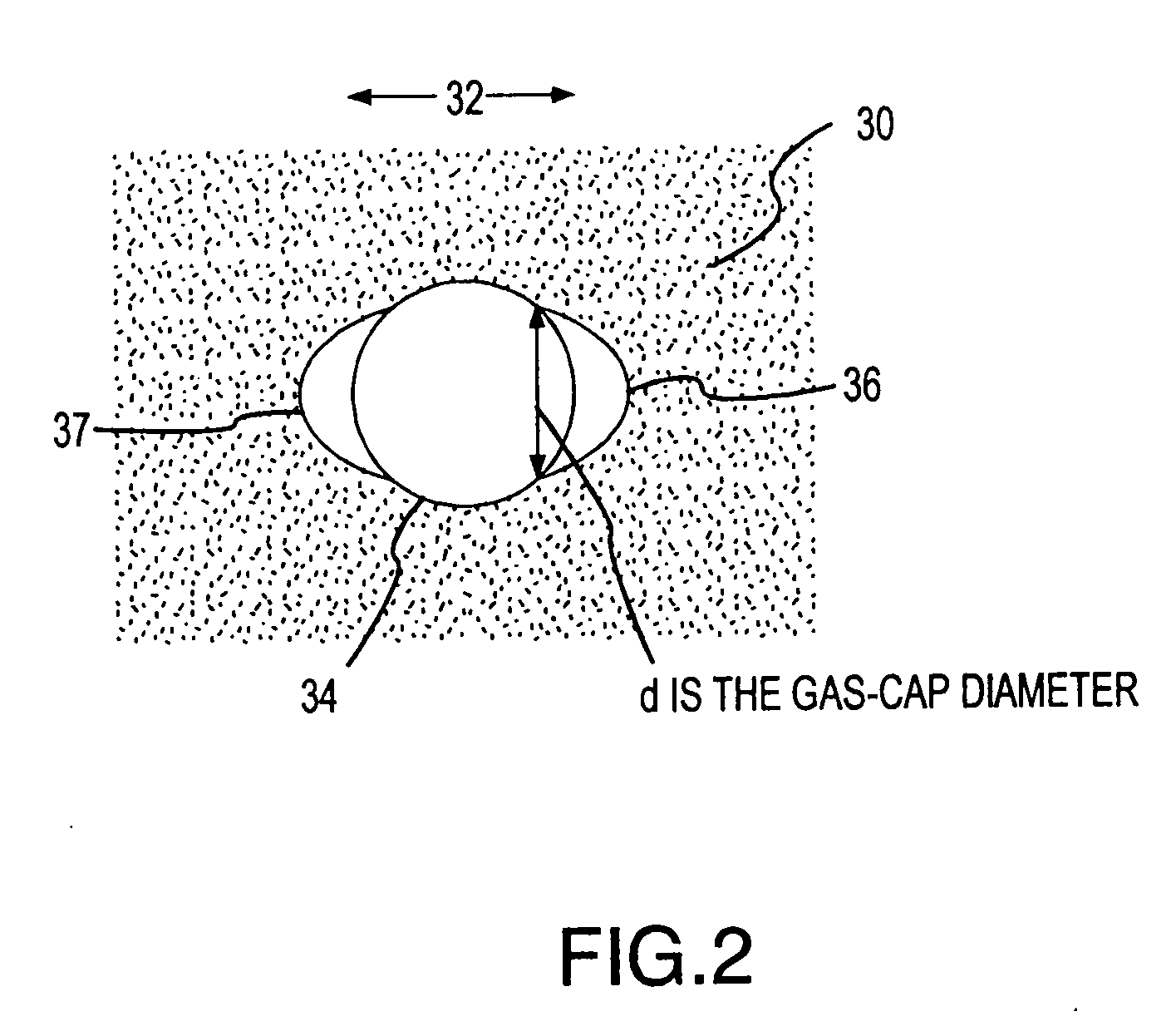Apparatus to produce acoustic cavitation in a liquid insonification medium
a liquid insonification medium and acoustic cavitation technology, applied in the direction of mechanical vibration separation, cleaning using liquids, instruments, etc., can solve the problems of small bubbles, increased bubble response, and increased bubble growth due to rectifying,
- Summary
- Abstract
- Description
- Claims
- Application Information
AI Technical Summary
Benefits of technology
Problems solved by technology
Method used
Image
Examples
Embodiment Construction
[0047] Acoustic coaxing induced microcavitation (ACIM) methods and apparatuses described herein may be used to control microcavitation at point solid boundaries of an object or workpiece to perform work on the object; examine free bubbles in a fluid or liquid for testing or measuring; induce or assist a chemical reaction; or perform other scientific, industrial, or medical tasks. ACIM tools may be constructed to perform abrasion, cutting, drilling, or other action with respect to a variety of organic and inorganic materials, including tissue and bone.
[0048] Controlled ACIM enables one to control the onset, evolution, and intensity of acoustic microcavitation stemming from the creation of new nuclei or the presence of available cavitation nuclei in a liquid medium, such as de-ionized or tap water. Such nuclei may come from free bubbles or from liquid-borne solid particulates with crevice-like features that stabilize significant gas pockets. Suspended particulates may include sub-mic...
PUM
 Login to View More
Login to View More Abstract
Description
Claims
Application Information
 Login to View More
Login to View More - R&D
- Intellectual Property
- Life Sciences
- Materials
- Tech Scout
- Unparalleled Data Quality
- Higher Quality Content
- 60% Fewer Hallucinations
Browse by: Latest US Patents, China's latest patents, Technical Efficacy Thesaurus, Application Domain, Technology Topic, Popular Technical Reports.
© 2025 PatSnap. All rights reserved.Legal|Privacy policy|Modern Slavery Act Transparency Statement|Sitemap|About US| Contact US: help@patsnap.com



